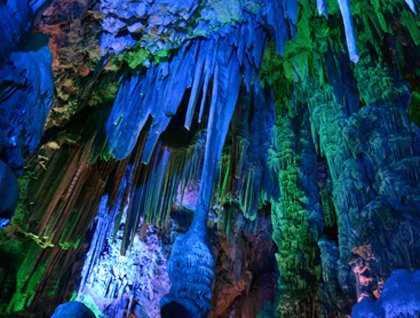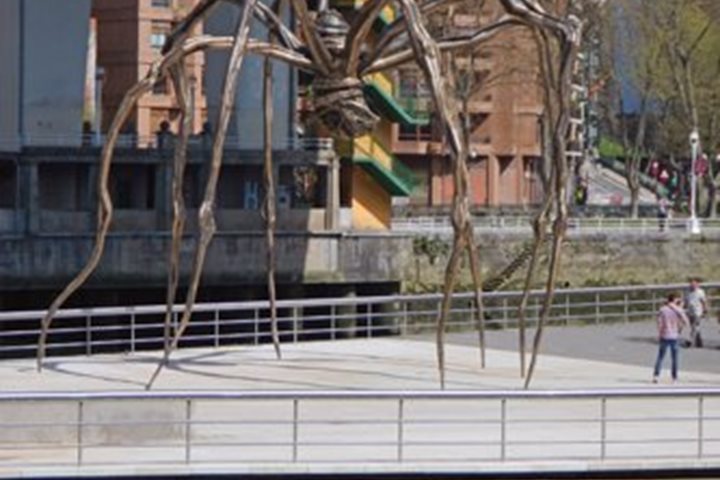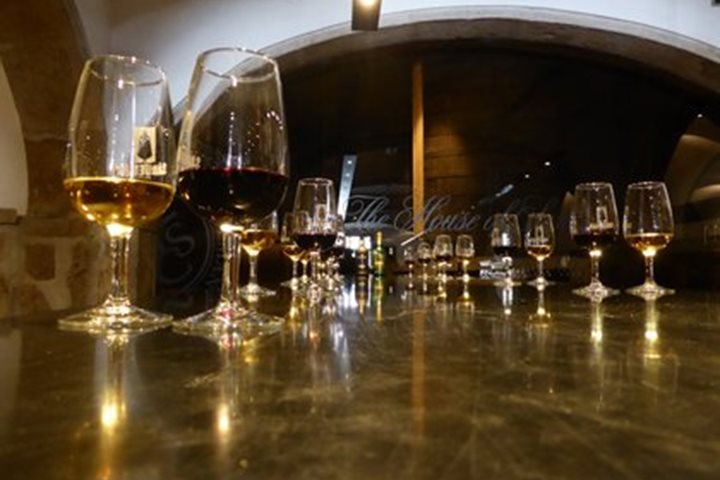The National Geographic Explorer departed Motril, the Spanish port that had served as our base to visit the unforgettable Spanish city of Granada, and sailed just 83 nautical miles due southwest in the Mediterranean Sea to reach a whole different world!
Despite being physically a part of the Iberian Peninsula, our next port of call, Gibraltar, is culturally worlds apart, being a British Overseas Territory home to a people that adamantly refuse to become a part of Spain. Gibraltar has belonged to Great Britain for just over 300 years, ever since it was ceded to them “in perpetuity” by means of the Utrecht Treaty in 1713, after having been captured by Anglo-Dutch forces during the War of Spanish Succession. Gibraltar has retained its status despite 15 attempts by Spain to reconquer this part of the peninsula for themselves, the most notable of these attempts being the Great Siege of Gibraltar (1779 to 1783).
This remarkable peninsula, just 2.6 square miles in surface area, is now home to about 30,000 inhabitants, plus thousands of Spanish workers that travel to the area to work on a daily basis, making it one of the most densely populated areas in the world, with an economy based on tourism, shipping, and financial services. Despite this, the area has a remarkable amount to offer from a natural history perspective.
We boarded small eight-passenger mini-vans driven by enthusiastic local driver-stroke-guides that talked to us about their views and personal perspectives on their tiny home’s history in barely recognizable English tinged with Spanish. They drove us around the city, and then on to the main feature of Gibraltar, the impressive, towering monolithic promontory of Jurassic limestone that overshadows the whole area, affectionately dubbed “The Rock.” We stopped off at the lighthouse at the southernmost point of Spain to gaze over the Strait of Gibraltar to the African continent—the Rock of Gibraltar was one of the Pillars of Hercules and was known to the Romans as Mons Calpe, the other pillar being Mons Abyla on the African side of the strait. In ancient times the two points marked the limit to the known world, a myth originally fostered by the Greeks and the Phoenicians.
Over the millennia, rainwater has dissolved the calcite that makes up The Rock limestone and created hundreds of spectacular caves. The most magnificent of these, known as St Michael’s Cave after a similar grotto in Monte Gargano, Italy, where the archangel Michael is said to have appeared, was the next stop on our explorations. The magnificent grotto, with its spectacular accumulation of backlit stalactites and stalagmites reminiscent of the organ pipes in an otherworldly cathedral, literally took our breath away as we entered. The Rock has also been tunneled into by British troops, who, over close to 200 years, dug a system of over 30 miles of tunnels in the soft limestone, a veritable warren of tunnels that served a multitude of purposes, including ammunitions stores and guns making up a great defense system. The Upper Galleries, excavated during the Great Siege, are open to the public, and we explored galleries while reading the interpretative panels that brought us back in time to when the British forces had to continuously defend their tenuous hold on their Iberian outpost.
The upper reaches of The Rock, an impressive 40% of the total territory of Gibraltar (albeit a very steep and uninhabitable 40%), are part of a nature reserve protecting several species of plants and animals, most notably the only wild primate population of Europe: the Barbary macaque. These incredibly charismatic creatures have recently been found to have descended entirely from northern African ancestry, probably brought over by the Moors from their native habitat in the Atlas Mountains during the centuries the area was under Moorish rule. The population has fluctuated over the years, but after decades of being cared for by first the British Army and Gibraltar Regiment, followed by the Gibraltar Ornithological and Natural History Society, the population is thriving with close to 300 individuals belonging to five different troops. We spent hours captivated by their antics and friendly, inquisitive ways, admiring their gregarious and sociable natures, and the way all members of a troop, male and female, pitch in to take care of and entertain the youngsters.
After an afternoon spent assimilating all these wonderful sights while partaking in some duty-free shopping, we gathered in the Explorer lounge for our captain’s welcome aboard cocktail party before continuing on to the next leg of our adventure along the Iberian coast.









